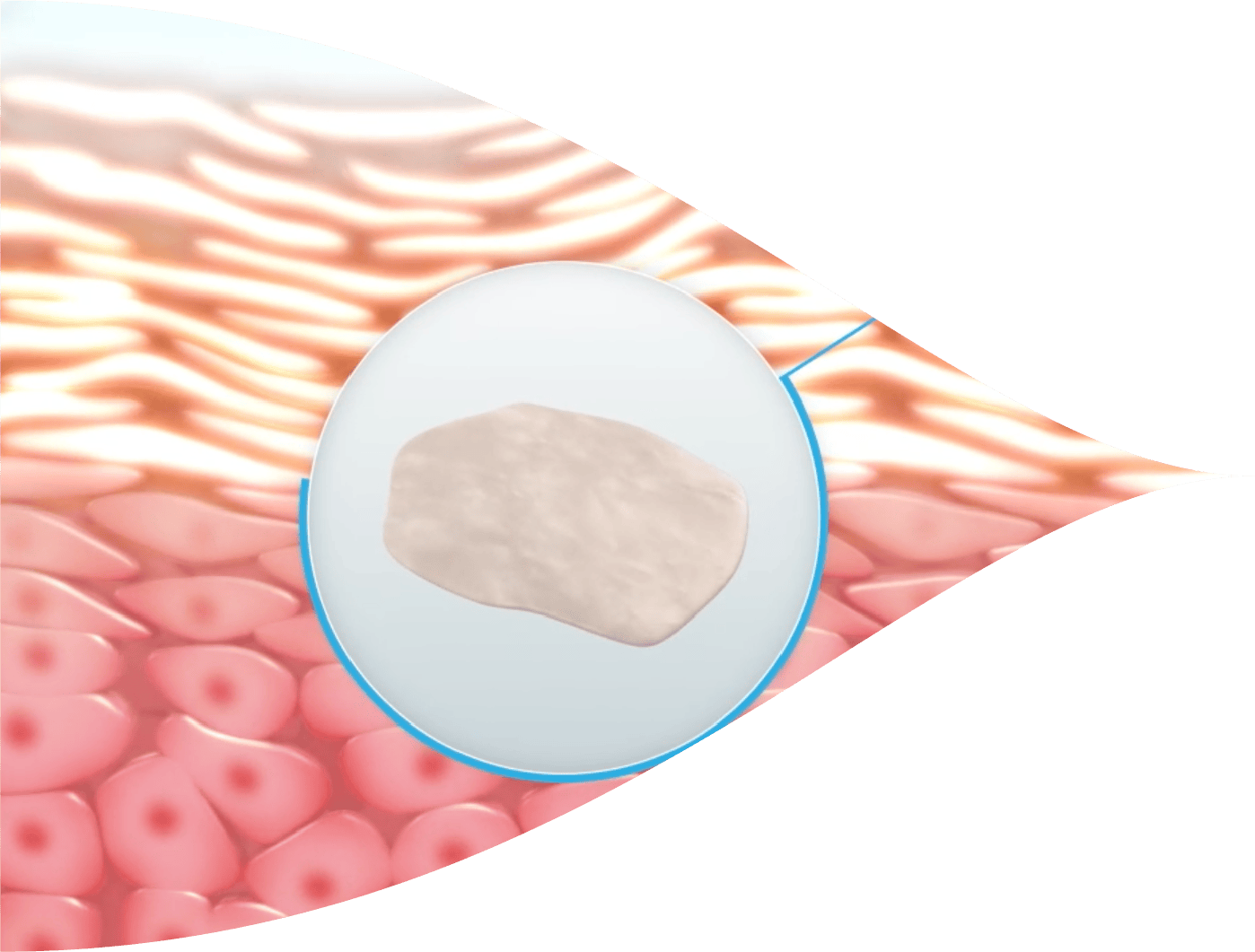Dry skin is one of the most common conditions.1
Prevalence rates vary from around

30% of the population2
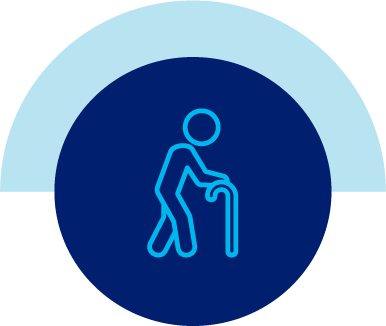
Up to 99% in the elderly3
References:
1.Augustin M, et al., Diagnosis and treatment of xerosis – a position
paper. JDDG 2018;16(Suppl. 4):3-35. 2.Augustin M, et al., Prevalence, predictors
and comorbidity of dry skin in the general population. J Eur Acad Dermatol
Venereal 2019;33:147-150. 3.Hahnel E, etal., Prevalence and associated factors
of skin diseases in aged nursing home residents: a multicentre prevalence study.
BMJ open 2017;7:e018283.
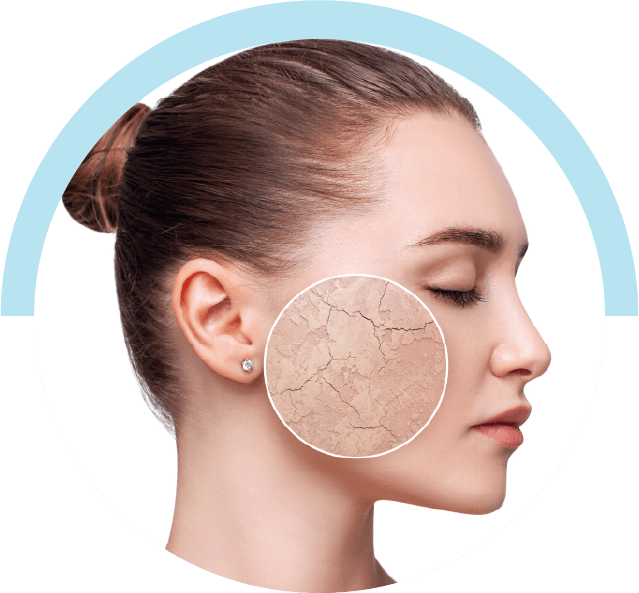
The root cause of dry skin is disturbed epidermal differentiation1–3
Lipids are critical for skin barrier function.
In dry skin, reduced levels of natural skin lipids, such as ceramides,
cholesterol and free fatty acids, and a looser configuration of the lipid
matrix, allows irritants to pass through the skin barrier and water to
escape.3, 4

TEWL is an indication of water loss1,3
When the skin barrier is damaged, the water exchange regulation system becomes destabilised, and water migrates more easily to the outside, increasing transepidermal water loss (TEWL).
As TEWL increases, the moisture content of the stratum corneum falls even more and barrier function becomes further impaired.
If the condition of the skin barrier improves, TEWL decreases.
Measuring TEWL is therefore a good indicator of skin barrier function.

Extrinsic factors associated with an individual’s lifestyle can determine their susceptibility to dry skin3
Causes of dry skin:5

Ageing

Sun Exposure

Contact with detergents

Wintry conditions

Low humidity

Diabetes

Smoking6

Post laser & beauty interventions7
Read More....
TEWL: trans-epidermal water loss.
References:
1.Augustin M, et al., Diagnosis and treatment of xerosis – a position
paper. JDDG 2018;16(Suppl. 4):3-35. 2.Augustin M, et al., Prevalence, predictors
and comorbidity of dry skin in the general population. J Eur Acad Dermatol
Venereal 2019;33:147-150. 3.Hahnel E, etal., Prevalence and associated factors
of skin diseases in aged nursing home residents: a multicentre prevalence study.
BMJ open 2017;7:e018283.
Dry skin also negatively impacts the microbiome barrier1-9
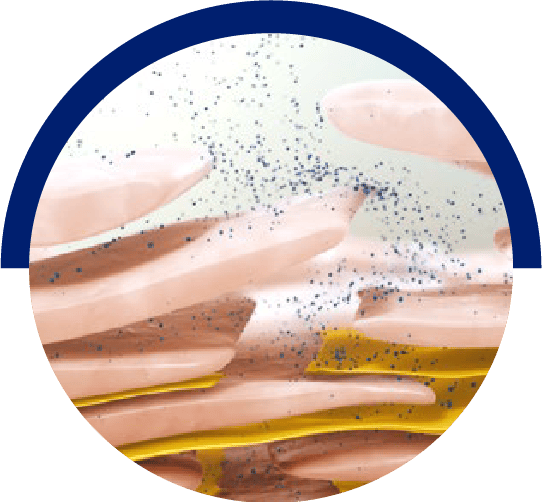
Disturbed epidermal differentiation leads to reduced production of proteins and lipids. This further leads to reduced skin hydration.1
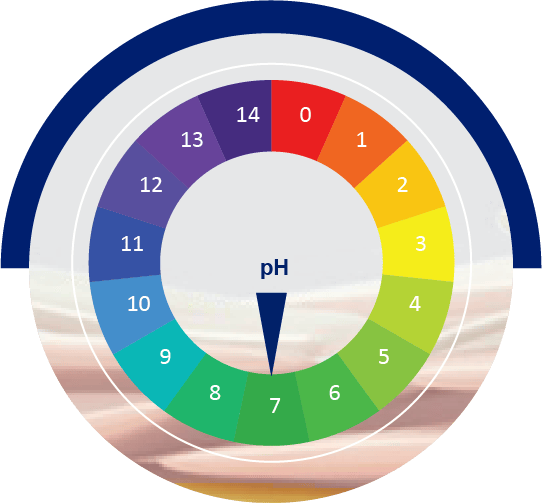
Disruption of the physical barrier leads to an increase of pH. Skin pH is interlinked with the microbiome.1

The skin microbiome and the skin relate symbiotically to affect each other in physical, chemical, & immunological ways.3
The symbiotic relationship of the microbiome and the skin barrier
A balanced skin microbiome contributes to skin barrier function and helps to support and maintain a healthy and stable skin environment, and having a healthy skin is essential to support a healthy microbiome.
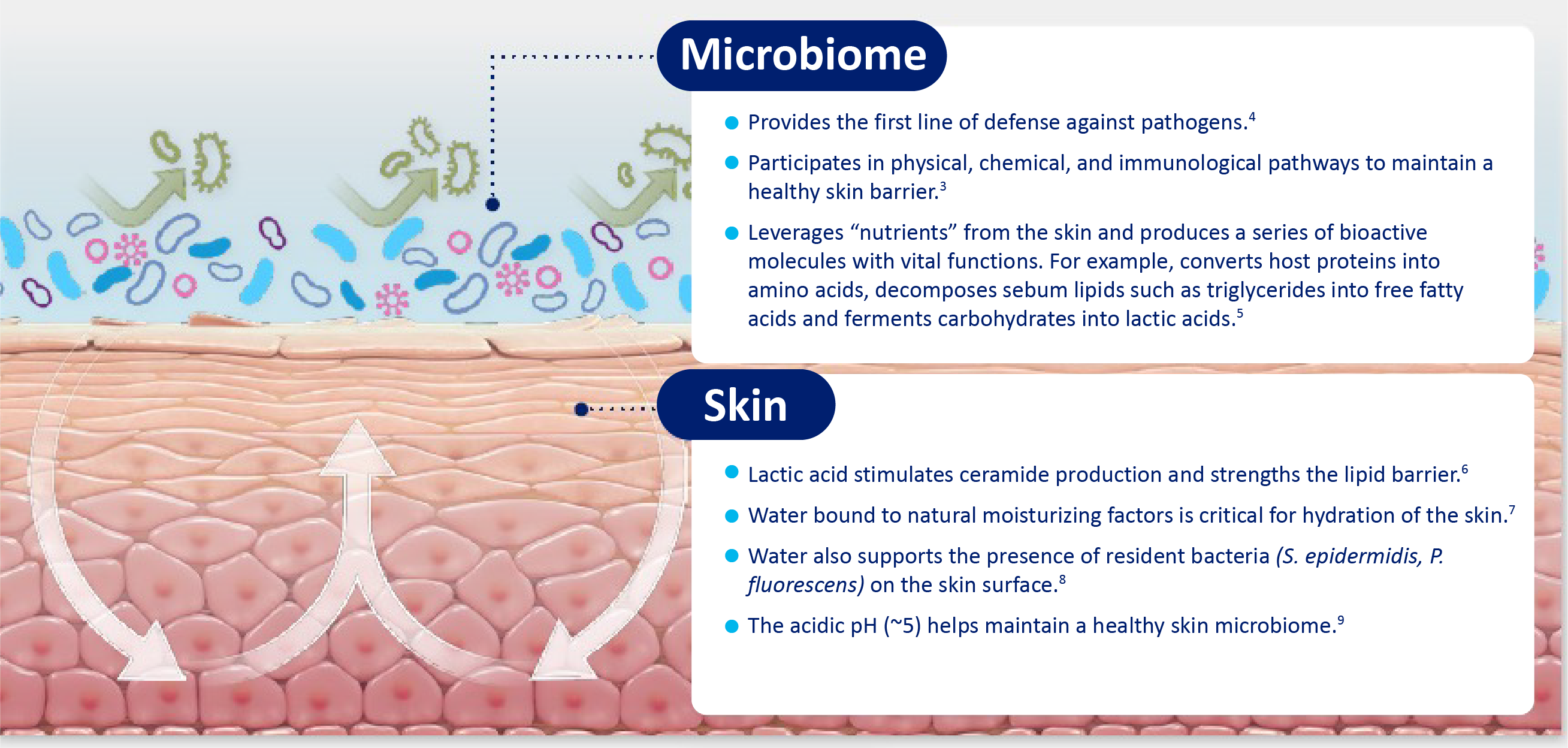
References:
1.Proksch E. J Dermatol. 2018;45(9):1044-1052. 2. Hülpüsch C, et al.
Allergy. 2020;75(11):2888-2898. 3. Lee H-J, Kim M. Int J Mol Sci. 2022;23(21).
4. Salgaonkar N, et al. Exp Dermatol. 2022;31(9):1364-1372. 5. Chen H, et al.
Phenomics. 2022;2(6):363-382. 6. Rawlings AV, et al. Arch Dermatol Res.
1996;288(7):383-390. 7. Proksch E and Lachapelle JM. The management of dry skin
with topical emollients – recent perspectives. JDDG 2005;3:768–774. 8. Baldwin
HE, et al. J Drugs Dermatol. 2017;16(1):12-18. 9. Grice EA, Segre JA. Nat Rev
Microbiol. 2011;9(4):244-253.
Other Contributing Factors to Dry Skin
Skin dryness can be impacted by aging and exposure to UV radiation.1-3


Dry Skin and the Sun
Exposure to ultraviolet (UV) radiation from the sun is damaging and can lead to dry skin by:2,3
- Compromising the skin barrier function
- Increasing transepidermal water loss (TEWL)
In Saudi Arabia, the UV index is elevated throughout the year4, warranting for careful exposure.4, 5

DRY SKIN AND AGE
- Elderly skin is associated with reduced skin barrier function and slower repair following damage.6,7
- Reduced lipid synthesis8 and other epidermal alterations lead to dry skin and pruritus, which have a substantial negative effect on quality of life.9,10

DRY SKIN AND AIR CONDITIONING
-
There is no denying that air conditioning
increases comfort in hot
weather conditions, it could have a negative impact
on skin.
Air conditioners not only decrease temperature, but also humidity. When human skin is exposed to a dry environment, it can be more susceptible to mechanical stress, with hydration of skin and transepidermal water loss correlated with relative humidity and skin temperature, respectively.11
In a study with healthy female adults, exposure to cold and dry wind decreased skin hydration and increased dryness.11

DRY SKIN AND POLLUTION
-
It is well known that pollution is associated
with skin ageing, but what about dry skin?
Research shows that airborne pollutants directly and indirectly penetrate the skin, exacerbating skin ageing and deregulating skin moisture, these effects may be intensified in combination with UV radiation.12
Studies assessing the impact of pollution on skin, found that facial skin dryness was increased in subjects exposed to pollution.12
References:
1.Moncrieff G, et al. Use of emollients in dry-skin conditions: consensus
statement. Clin Exp Dermatol 2013;38:231–238. 2.Proksch E and Lachapelle JM. The
management of dry skin with topical emollients – recent perspectives. JDDG
2005;3:768– 774. 3.Biniek K. Solar UV radiation reduces the barrier function of
human skin. PNAS 2012;109:17111–17116. 4.Average UV index Riyadh, Saudi Arabia.
Available from: https://www.weatheratlas.com/
en/saudi-arabia/riyadh-climate#uv_index. Accessed November 2021. 5.World Health
Organization. Global Solar UV Index: A Practical Guide. World Health
Organization: Geneva, Switzerland, 2002. 6.Blume-Peytavi U, et al.
Age-associated skin conditions and diseases: Current perspectives and future
options. Gerontologist 2016;56:S230–S242. 7.Choi EH, et al. Stratum corneum
acidification is impaired in moderately aged human and murine skin. J Invest
Dermatol 2007;127:2847–2856. 8.Proksch E, et al. Dry skin management: practical
approach in light of latest research on skin structure and function. J
Dermatolog Treat 2020;31:716–722. 9.Chang AL, et al. Geriatric dermatology
review: Major changes in skin function in older patients and their contribution
to common clinical challenges. J Am Med Dir Assoc 2013;14:724–730. 10.Garibyan
L, et al. Advanced aging skin and itch: Addressing an unmet need. Dermatol Ther
2013;26:92–103. 11.Jung M, et al. Exposure to cold airflow alters skin pH and
epidermal filaggrin degradation products in children with atopic dermatitis.
Allergol Int 2020;69:429–436. 12.Araviiskaia E, et al. The impact of airborne
pollution on skin. J Eur Acad Dermatol Venereol 2019;33:1496–1505.
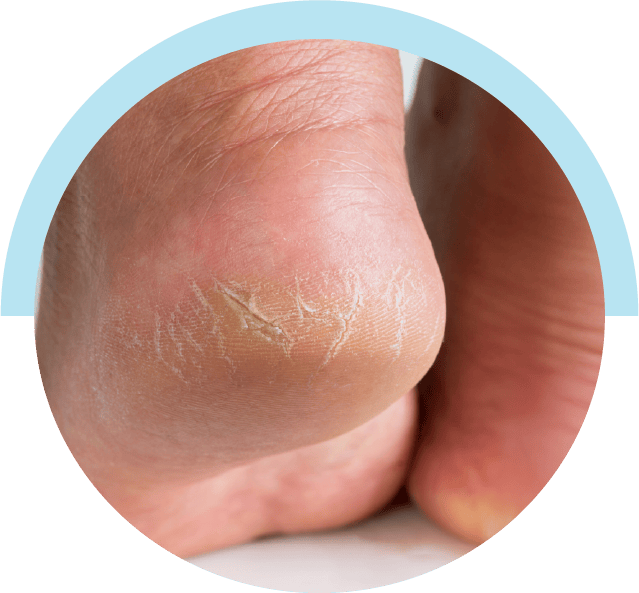
Cracked heels as a form of skin xerosis1
Cracked or fissured heels are caused by loss of skin moisture which results in the appearance of scaling, flaking and itching of skin.1
Symptoms of cracked heels include dry & hard skin, cracks (sometimes deep).2
Causes of cracked heels:1, 2

Loss of skin moisture1, 2

Prolonged standing2

Obesity2

Open-back shoes2

Medical conditions2*
*Such as atopic dermatitis, psoriasis, diabetes, and hypothyroidism.
References:
1.Parker, J., Scharfbillig, R., & Jones, S. (2017). Moisturisers for the
treatment of foot xerosis: a systematic review. Journal of Foot and Ankle
Research, 10(1). https://doi.org/10.1186/s13047-017-0190-9.
2.Cracked Heels, DermNet. Retrieved October 13, 2024. From
https://dermnetnz.org/topics/cracked-heel#.
